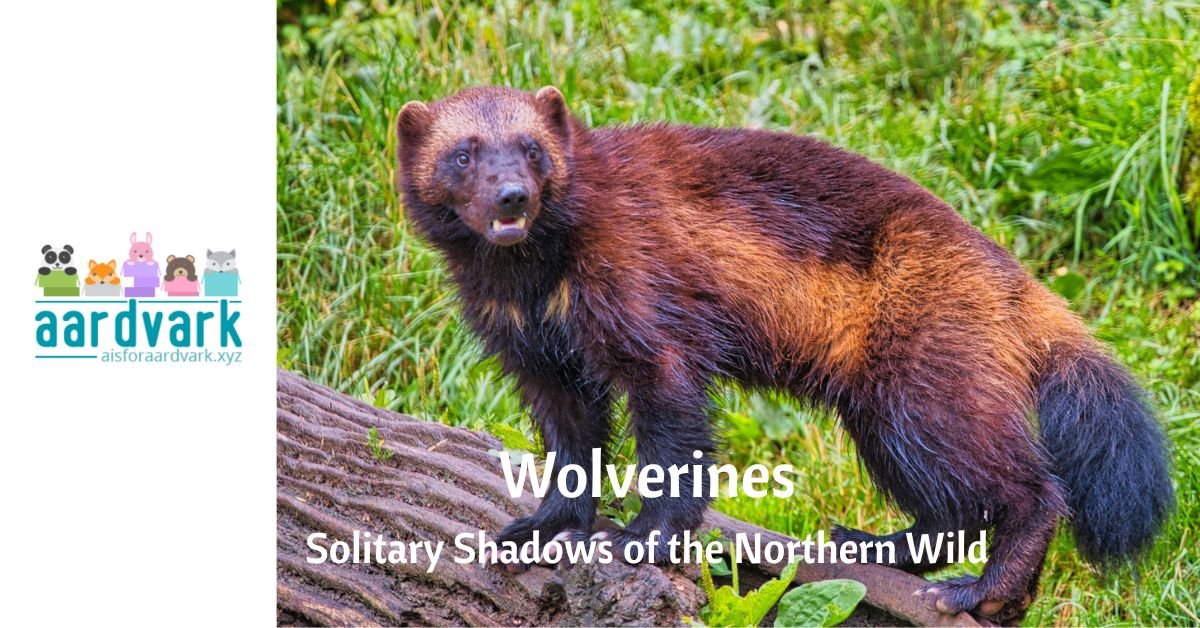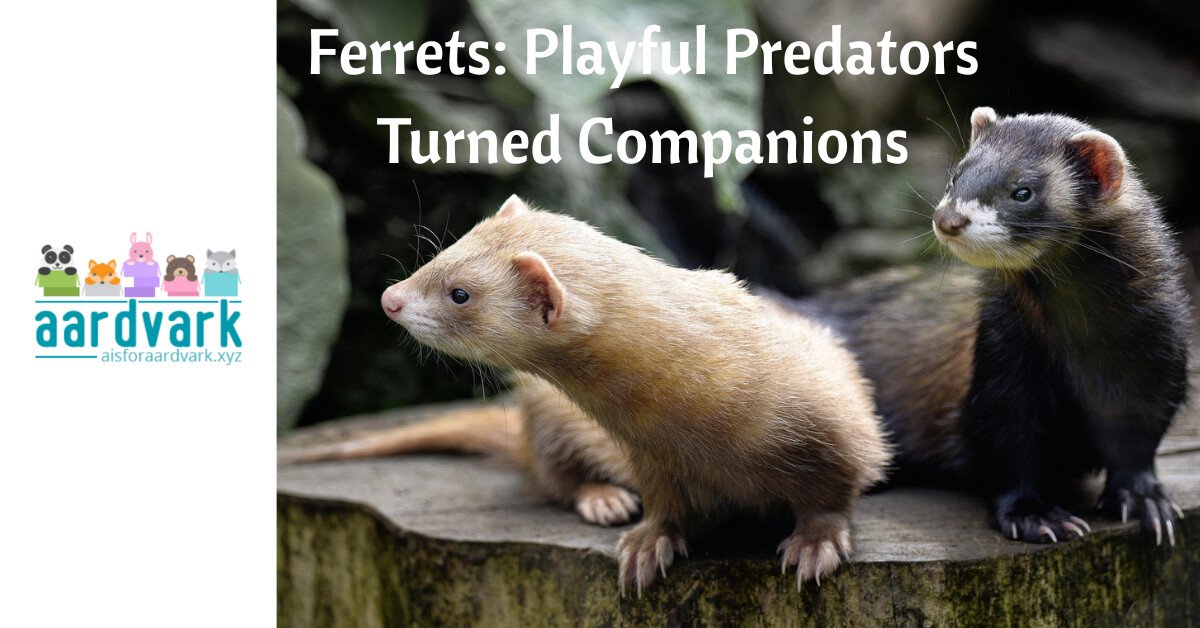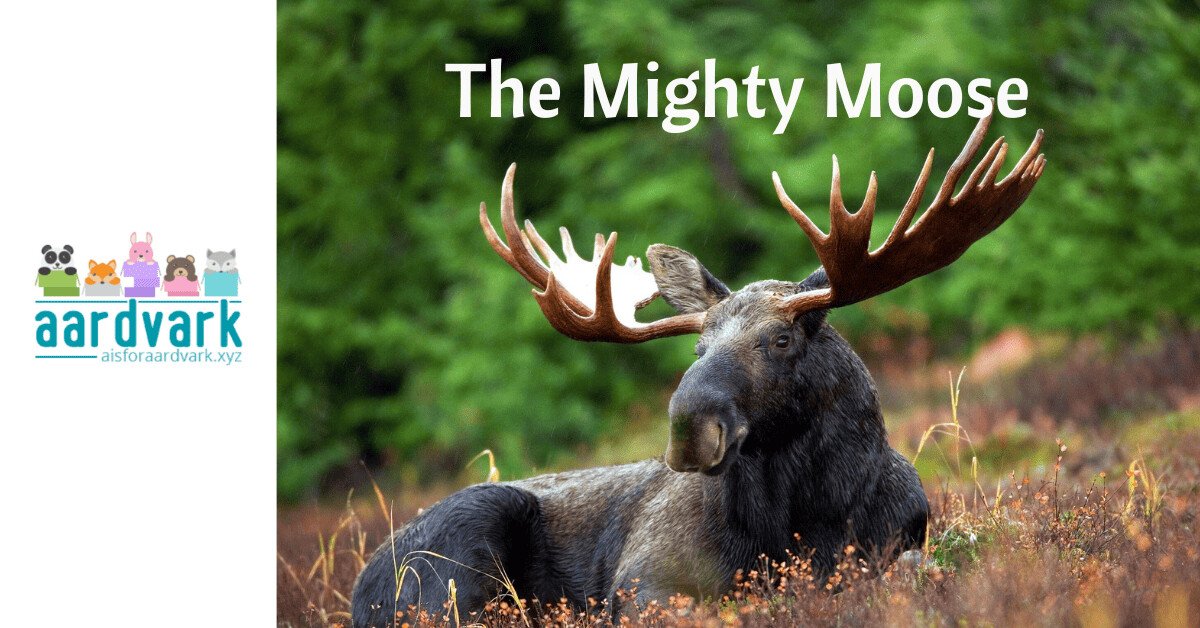The dingo (Canis dingo) is one of Australia’s most iconic and controversial animals. Somewhere between wild and domestic, native and introduced, the dingo is a creature of contradiction. It’s a cultural symbol and a management challenge, a top predator and a perceived pest. Whether roaming the red deserts or coastal forests, dingoes shape ecosystems and spark passionate debate across the continent.
Taxonomy and Origins
Dingoes are most commonly classified as Canis dingo, though some researchers consider them a subspecies of domestic dog (Canis familiaris dingo). They likely descended from domestic dogs brought to Australia by seafaring peoples around 3,000 to 4,000 years ago. Over generations, these animals adapted to life in the wild, developing traits that distinguish them from both their domestic ancestors and other wild canines.
Dingoes still have primitive features lost in many dog breeds: upright ears, flexible wrists, and a limited tendency to bark. Their genetic uniqueness—combined with their deep history on the continent—has led many scientists to recognize them as a distinct and important lineage, regardless of whether they are technically native or feral.
Physical Characteristics
Dingoes are medium-sized, agile canines. Adults typically weigh 13–20 kg (29–44 lbs), with males slightly larger than females. Their bodies are lean and athletic, built for endurance and survival in harsh environments. Coat colors vary, but the classic dingo is a golden or reddish-tan with white markings on the feet, chest, and tail tip. Variants include black-and-tan, black, and creamy white, particularly in regions where hybridization has occurred.
They have broad heads, bushy tails, and keen senses. Unlike domestic dogs, dingoes rarely bark. Instead, they howl and use other vocalizations to communicate. Their physical structure, including flexible joints and rotating wrists, allows them to climb, dig, and navigate rugged terrain with ease.
Behavior and Social Structure
Dingoes can live and hunt alone or in small family-based packs. Packs are typically led by an alpha pair, the only individuals to breed in most cases. These groups maintain and defend territories that can span dozens to hundreds of square kilometers.
Communication is achieved through howls, growls, scent-marking, and body language. They use their rich vocal range and cooperative behavior to maintain pack cohesion and ward off rivals. In areas with high human activity, they may become more nocturnal and cautious.
Their intelligence and problem-solving abilities make them skilled survivors. Dingoes can adapt their behavior quickly, whether living in remote bushland or near rural communities.
Habitat and Geographic Range
Dingoes are found across most of mainland Australia but are absent from Tasmania. They inhabit a broad range of environments, including:
- Deserts and arid scrublands
- Forests and woodlands
- Alpine regions
- Coastal dunes and wetlands
One of the most significant barriers to their movement is the Dingo Fence. This 5,600 km (3,480 mile) structure was built to exclude dingoes from southeastern grazing lands. The fence has been effective in reducing livestock losses, but it’s also had ecological consequences, disrupting predator-prey relationships and altering local ecosystems.
Diet and Hunting Strategy
Dingoes are opportunistic carnivores, with a diet that includes mammals like kangaroos, wallabies, rabbits, possums, and livestock. They also eat reptiles, birds, insects, and carrion. In lean times, they may consume fruits or scavenge near human settlements.
Hunting strategies vary. Lone dingoes may stalk and pounce on small prey, while packs coordinate to pursue larger animals. They cache excess food when possible and adjust their behavior based on seasonal and environmental conditions.
Their ecological role is significant. By controlling populations of invasive and overabundant species, dingoes can indirectly benefit plant communities and smaller native animals by suppressing mesopredators like foxes and feral cats.
Reproduction and Life Cycle
Dingoes typically breed once a year. The alpha female gives birth to 1 – 8 pups in a den, usually between August and September. Pups are born blind and helpless, relying on their mother and pack members for warmth, food, and protection.
By 6 – 8 weeks, pups begin exploring outside the den and eating regurgitated food. They remain with the pack through their first year, learning essential survival skills. Most reach sexual maturity by age 2, and many disperse to form new packs.
In the wild, dingoes usually live 5 – 10 years, though some survive longer in protected or resource-rich areas.
Cultural Significance
For Aboriginal Australians, dingoes are spiritual and practical companions. They feature in Dreamtime stories and traditional life as camp guardians, hunting partners, and totem animals. Evidence suggests dingoes were semi-domesticated in some communities, living closely with people for thousands of years.
In modern Australia, public opinion is divided. Farmers often see dingoes as threats to livestock and livelihoods, while ecologists and conservationists view them as keystone species vital to ecosystem health.
Pop culture has also shaped perceptions. The infamous 1980 case involving baby Azaria Chamberlain, wrongly dismissed for decades, embedded the phrase “a dingo took my baby” into public memory, often without context or sympathy. The event fueled misunderstanding and fear around dingoes, despite its tragic conclusion. In the end, it was concluded that dingoes had taken the child. However, the lack of belief about the mother’s statements confirms that this is an almost-unheard-of event.
Conservation and Controversy
Dingo conservation is complicated by their hybridization with domestic dogs. In many regions, so-called “wild dogs” are indistinguishable from pure dingoes, making genetic purity a key concern. Some argue that preserving the dingo’s ecological role is more important than preserving its genetics; others emphasize the need to protect distinct dingo populations.
Legal protections vary by state. In some areas, dingoes are protected as native wildlife; in others, they’re declared pests and subject to lethal control. Poison baiting, trapping, and shooting are still common management practices, particularly in sheep-producing regions.
Conservation groups are working to shift perceptions and policies. By promoting coexistence strategies, recognizing the dingo’s ecological value, and supporting research, they aim to build a more nuanced and science-based approach to dingo management.
The dingo really is a creature of paradox: ancient yet adaptable, wild yet culturally entwined with humans, feared by some and revered by others. As Australia confronts biodiversity loss, climate change, and land-use pressures, the dingo’s future will depend on our ability to understand its role—not just as a predator, but as a guardian of balance in the wild.
Whether howling across the outback or moving silently through coastal bushland, the dingo remains a symbol of untamed Australia—resilient, intelligent, and undeniably wild.







